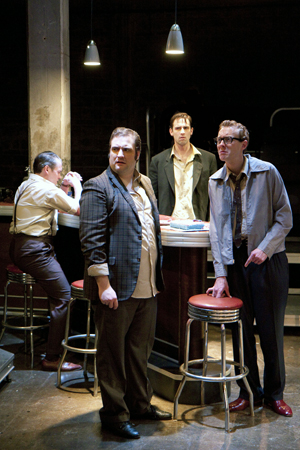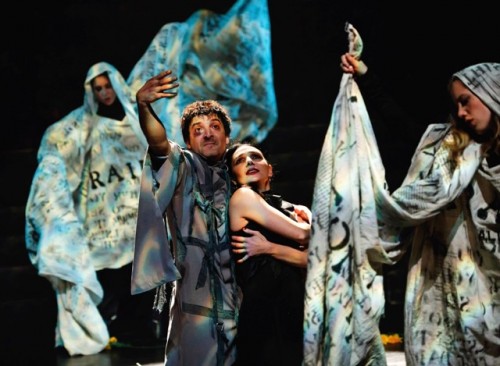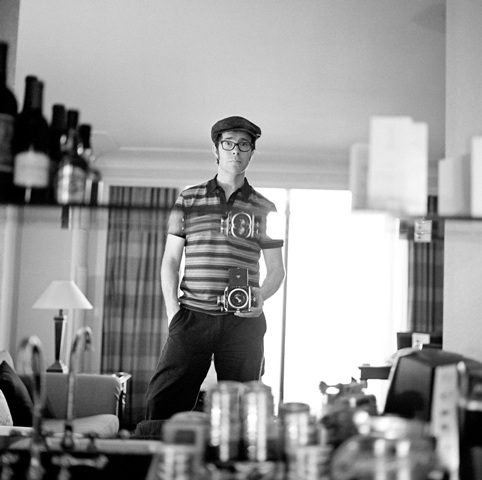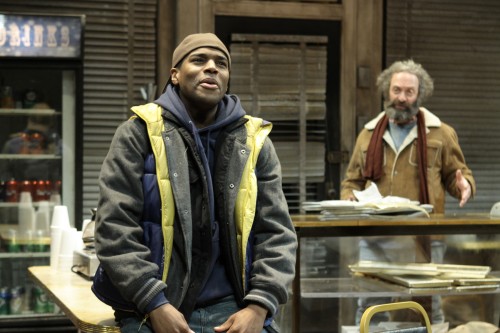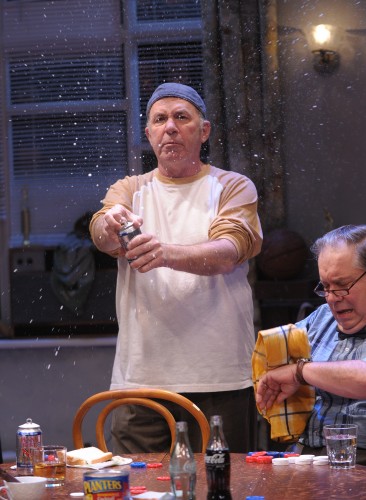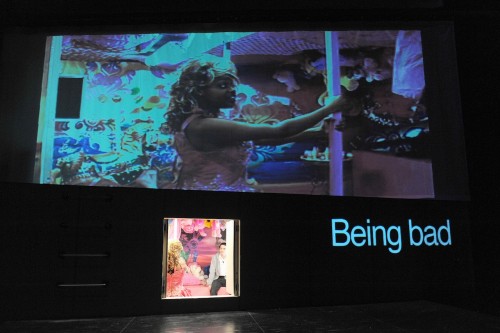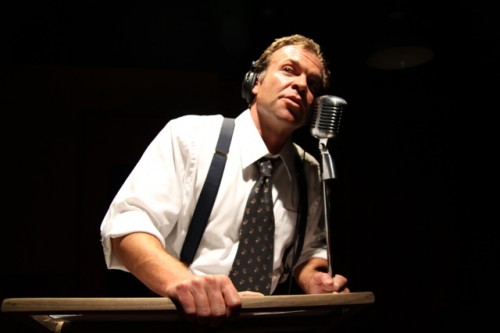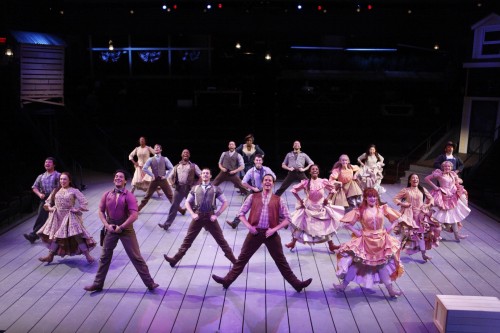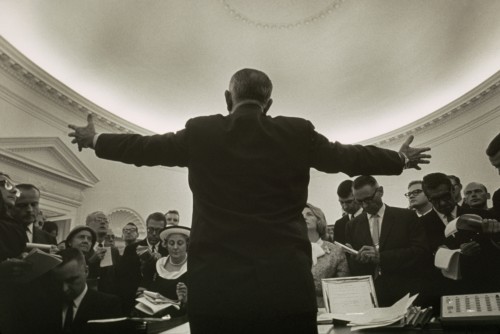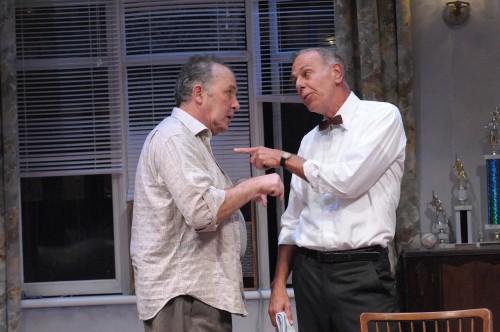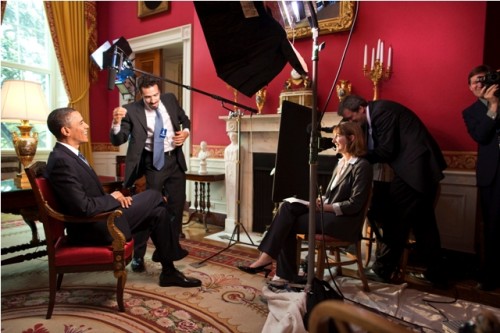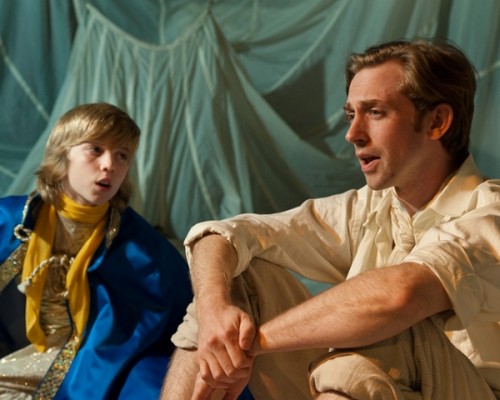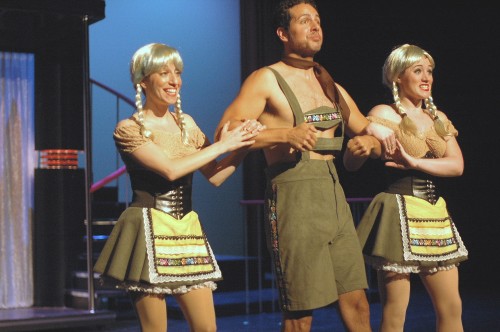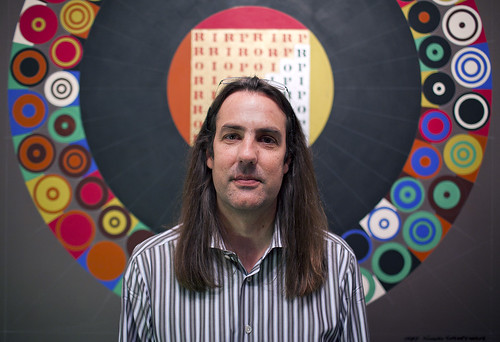
Philip Barlow and Simon Gouverneur’s ‘Welkin’ (and all other photos) by Max Cook
Art is a strange beast that defies definition. It is everything you want it to be as well as everything others say it isn’t. You may see a painting at a garage sale and think, “Wow, that’s terrible,” but when it’s hung in a gallery it can attract admiration, spark controversy, or in the end cause someone to say, “Wow, that’s terrible.” And it is, and it might be, and it isn’t. More often than not the quality and value of art is decided by others, by the resume of the artist, by which gallery they’re represented by, and by the artist’s ability to talk about their work, but the true indicator of its value is whether you like it. It’s that simple.
Buying a piece of art, much like asking a girl on a date, can be intimidating if you don’t have prior experience. How do you know if a piece is priced too high? How do you recognize when something is priced too low? Who should you talk to when you’ve made the decision to buy? Should you ask the gallery for a discount? Are you buying on impulse or will you still love it when you wake up the next morning? Collecting art is something that can take time to learn, just ask Philip Barlow.
As a staple figure of the DC arts scene, I’ve spoken with Philip at least a dozen times over the years at various gallery openings, artist talks, and other events. At 6’4” he’s hard to miss and can seem intimidating (if you don’t see eye to eye with him as I do), but he’s one of the nicest and most accommodating people you’ll ever meet. An average conversation with Philip goes just as it would with any other person, but when he starts to talk about the art in his collection, you see where his true passion in life lies.
It would be unfair of me to talk about Philip without also including Lisa Gilotty, his partner and co-collector of twenty years. When I first heard about their collection, which consists solely of art that is either made by local artists or purchased in local galleries, I was intrigued to say the least. Recently I was fortunate enough to view their collection, talk to them about their philosophy on collecting, as well as hear about the background behind many of their pieces.
Continue reading →
